Learn to use water to solve nutritional problems
The cooking of dishes has a lot of attention, and some problems can be solved by using appropriate methods. For example: the vegetables need to be picked, washed and cut before they are bought. Some people are used to putting the cut vegetables directly in the pan and frying them. One thinks that it is more convenient and faster to do it; the other thinks that it will reduce nutrients. loss.
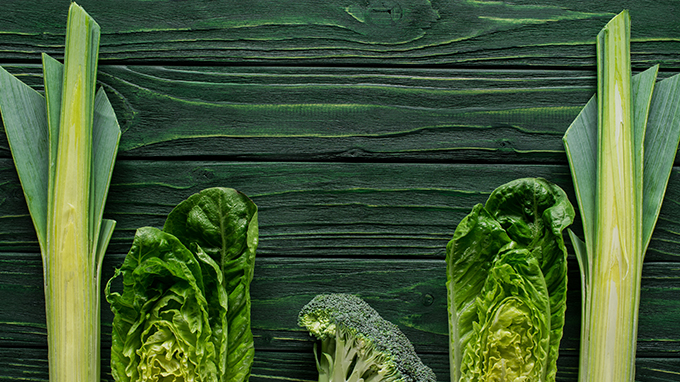
Frying vegetables at home because of firepower Compared to a restaurant, it is much smaller, so the dishes in this pot may be partially cooked, and some may still be under fire.
Because some vegetables contain more oxalic acid, it is very easy to combine with the inorganic salts rich in other foods to form substances that are not easy to digest and absorb, and sometimes they may even form stones. Now people pay more attention to the problem of pesticide residues in vegetables, and the removal of pesticides is more troublesome. We can use some fairly appropriate methods to eliminate some residual pesticides, but not all.
This way is to "blank" with boiling water.
1. Blanching can make all vegetable raw materials synchronously cut out, especially dishes with a variety of ingredients are more suitable for blanching, and then after cooking, you can achieve mature and consistent delicious dishes.
2. Blanching can remove excess oxalic acid in vegetables. You may have heard a little bit that oxalic acid is an astringent organic acid. It is very soluble in water, especially oxalic acid is more easily dissolved in water with a higher temperature. Common vegetables with relatively high oxalic acid content are spinach, amaranth, bamboo shoots and wild rice. After these vegetables are boiled in boiling water, some bitterness will be eliminated, and then they can be cooked to get a delicious dish.
3. Blanching can remove some residual pesticides on vegetables. High temperature heating can also decompose pesticides, such as boiling water or frying in oil. Experiments have shown that some heat-resistant vegetables, such as cauliflower, green beans, green peppers, celery, etc., can be washed by boiling water for a few minutes to reduce pesticide residues by about 30%. Many pesticides are fat-soluble, and it is difficult to remove them with clean water and brine, and the methods commonly used in homes are nothing more than that. But blanching in boiling water can release pesticides in vegetables into the water, making the dishes we eat safer.
Blanching is not only suitable for vegetables, but some meats can also be preliminarily processed by blanching.
1. Blanching can remove the peculiar smell and dirt of meat. Some meat such as pork hands, sirloin, lamb chops, soft-shelled turtles, dog meat, etc., which are harder and tougher in texture, will evaporate the fishy smell in the ingredients more fully, making the dishes more mellow and delicious.
2. Blanching can reduce the proportion of fat and total calories in dishes. Many people are more accustomed to frying oil when cooking some meat dishes. It is undeniable that this way will make the meat more delicate and delicious. However, from the perspective of reasonable reduction of food calories and improvement of dietary structure, some meats can be completely heated by the method of blanching or water slide. The most common ones are sauerkraut fillets, water-sliced shredded pork, soup and louvers, etc. The better way to do this is to reduce the addition of foreign oils, thereby reducing the total calories of the entire dish.
3. Blanching will make the protein of delicate meat easier to digest and absorb. High-temperature frying or grilling will cause excessive protein denaturation, which is not only difficult to digest and absorb, but also produces some oxidative gatherings that are harmful to the body. However, the meat is initially cooked by blanching or water-sliding. The biggest benefit is that not only can the delicate and delicious meat mature quickly, but also the protein in it can be easily digested and absorbed.
The starch used for thickening is insoluble in cold water, but when the water temperature exceeds 60 degrees, the hydrogen bond of the starch breaks and gelatinization with water can occur, and the transparent thick juice is obtained.
Foods with a lot of collagen begin to hydrolyze at 70 degrees to produce soluble collagen, which makes the soup thick and forms tapin. A large amount of collagen can form a jelly, which not only has a good taste, but if your meal collocation is not bad, these collagens can also be rearranged in the body to combine the adult''s own collagen.
Related Articles
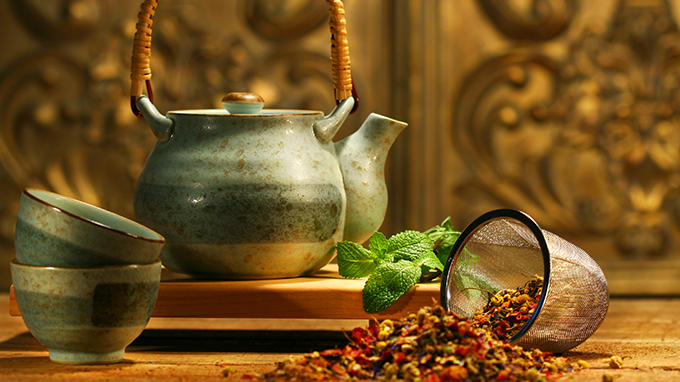
- Can I drink tea for pregnancy
- Pregnancy is the most important event in a woman’s life. How to get pregnant smoothly and how to conceive a healthy baby is a problem that every couple and every family are very concerned a
- 2020-08-03
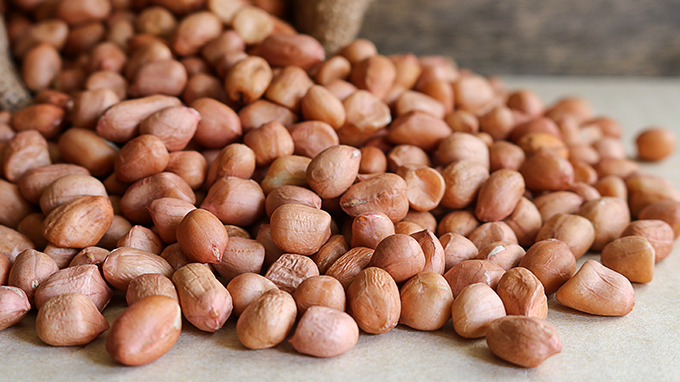
- What are the nutritional characteristics of nuts
- Nuts are one of the small foods that people like very much nowadays. They are rich in nutrients, high in protein, oil, minerals, and vitamins. They have excellent effects on human growth an
- 2020-08-03
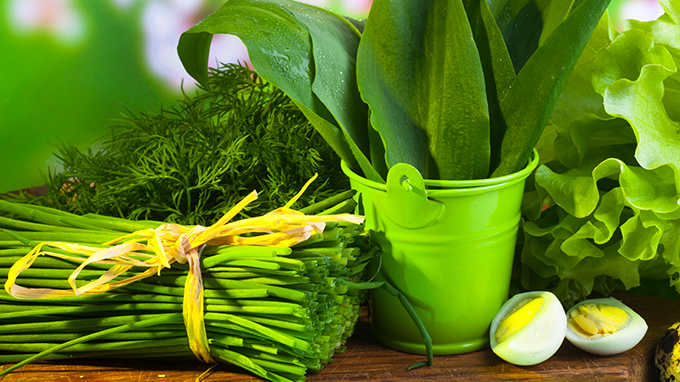
- Celery leaves
- It is a habit of many people to eat celery and not to eat leaves. I think the leaves are just scraps. In fact, it is just wrong here. Almost all vegetables with leaves have a common featur
- 2020-08-03

- Is a cookie a nutritious food
- Biscuit is the most common snack food, but if it is said that biscuit is not nutritious, it seems to have aggrieved it. Every food has nutrients, even instant noodles or biscuits.
- 2020-08-03
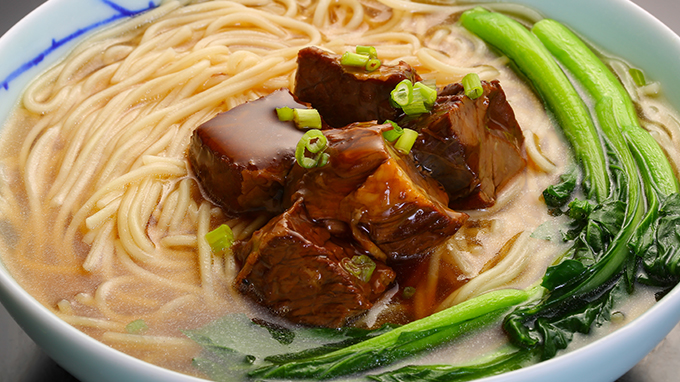
- How to make a quick nutritious breakfast
- People often say that eating like an emperor for breakfast, like an aristocrat for lunch, and like a beggar for dinner will be healthier. How can I prepare a nutritious breakfast in 15 min
- 2020-08-03

- Can gout drink alcohol?
- Patients with gout should drink more water than wine. Gout diet is stricter, and even exceeds the dietary contraindications of diabetes, hypertension and high blood fat. Strict dietary tabo
- 2020-08-03
